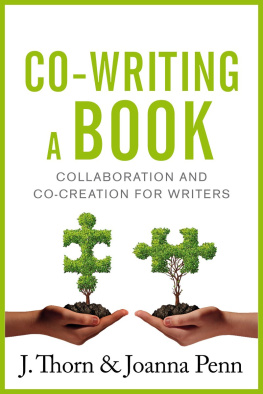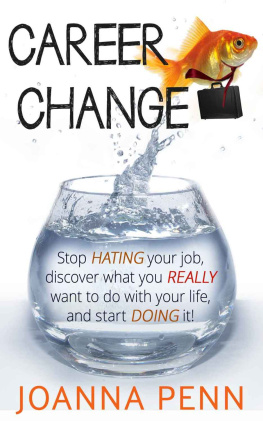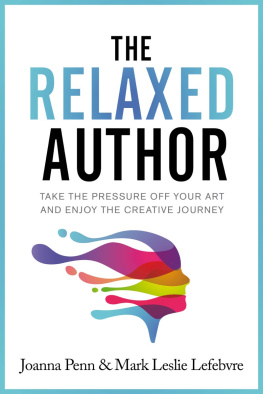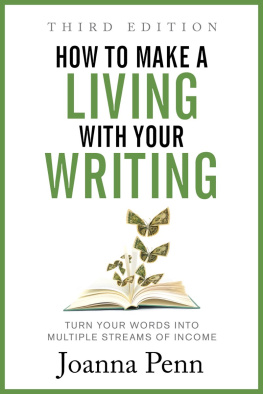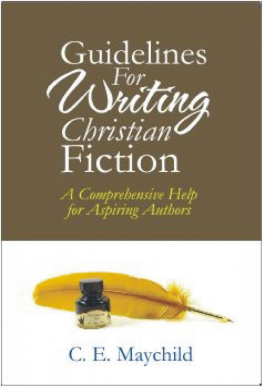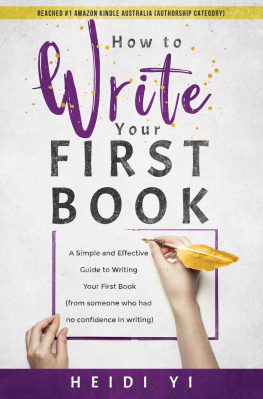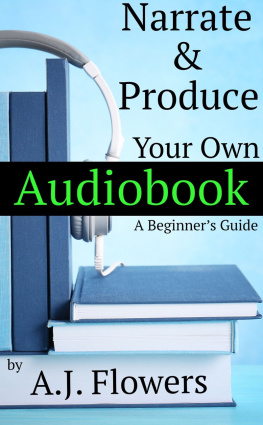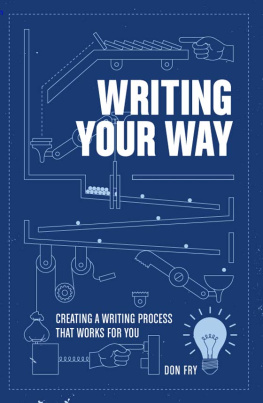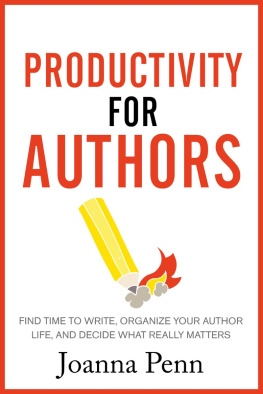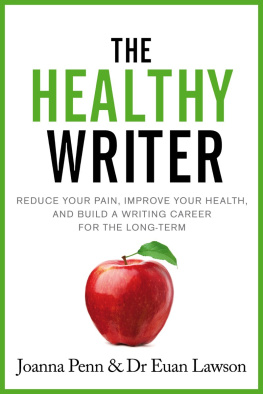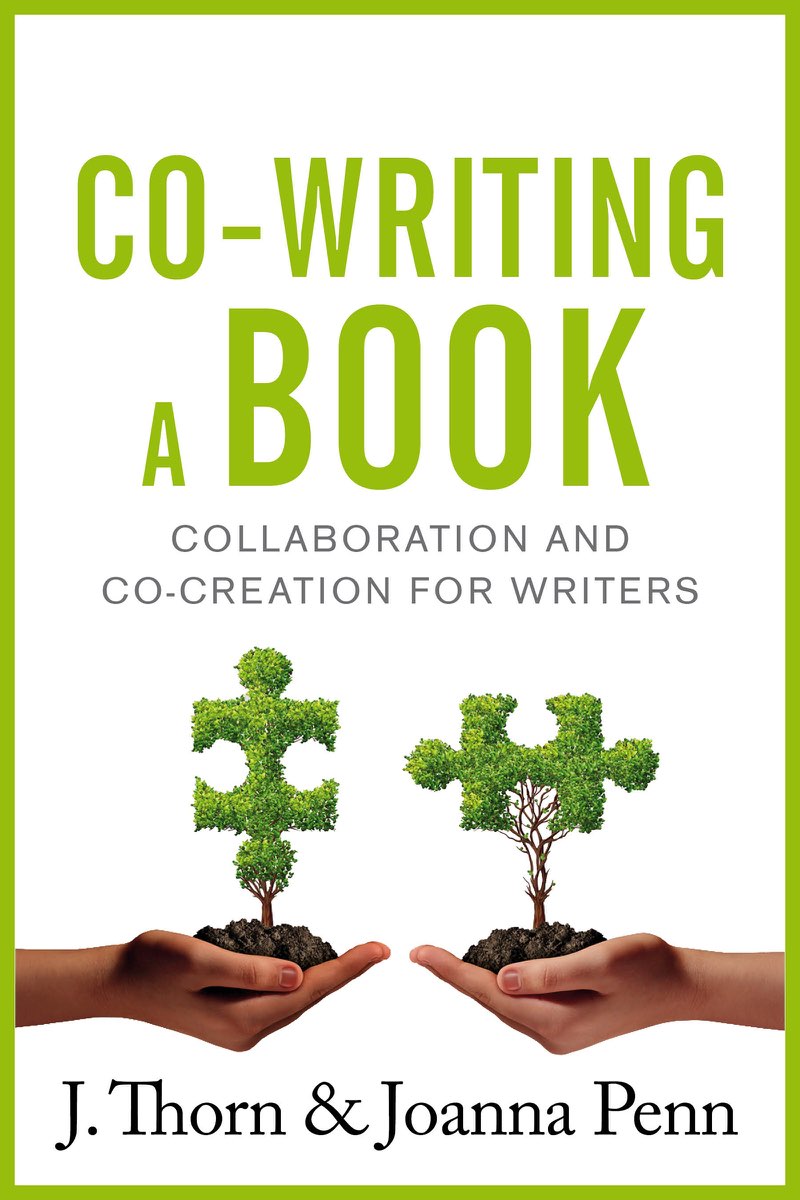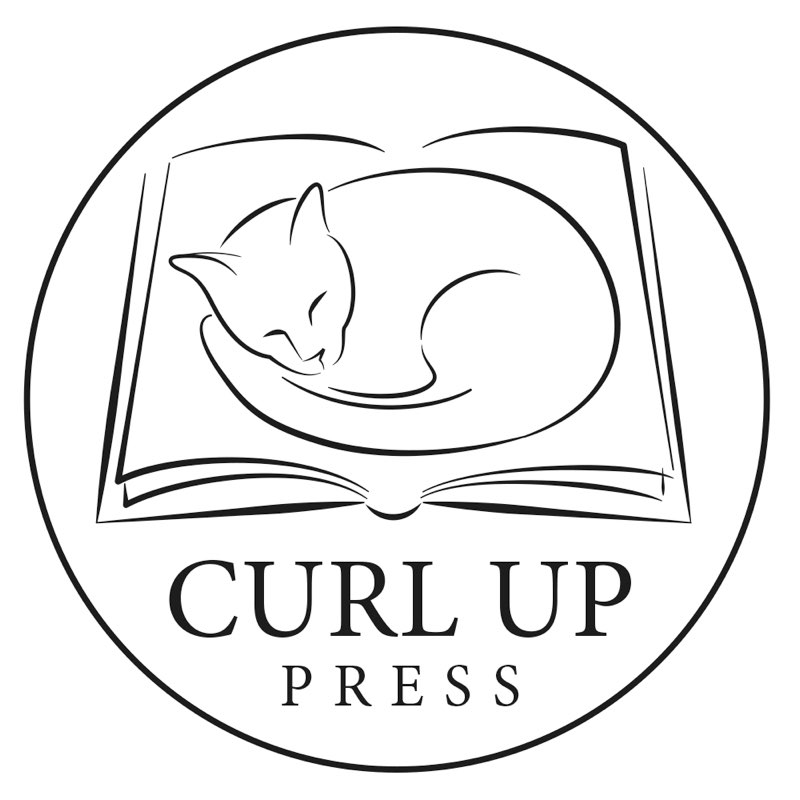Co-writing a book
Collaboration and Co-creation for Authors
Contents
Introduction
Co-writing can be an amazing experience when two minds come together to create something new in the world. Or it can be a painful process that ends in disaster !
So, who are we?
J. Thorn is a bestselling horror and dark fantasy writer, co-founder of Molten Universe Media and a podcaster. He has worked in a number of collaborations, including a ten-author story and a post-apocalyptic series .
Joanna is a New York Times and USA Today bestselling thriller author (as J.F.Penn), blogger and podcaster at TheCreativePenn.com , award-winning entrepreneur, professional speaker, and author of non-fiction. Until she met J., Joanna considered co-writing just a little outside her comfort zone due to control-freakish tendencies
In 2015, we co-wrote Risen Gods, a dark fantasy thriller set in New Zealand. The first draft took us 19 days, proof that two can achieve great things. The result is a mind-meld between a couple of very different authors and the book gets great reviews from readers .
In 2017, we collaborated again on American Demon Hunters: Sacrifice, along with two other authors, Lindsay Buroker and Zach Bohannon. The four of us boarded the Amtrak train in Chicago to New Orleans and wrote a dark fantasy story in a week of writing and story meetings together. It was intense .
In this book, we share our tips on how to successfully co-write a book and avoid the pitfalls along the way. We also include excerpts from our private co-writing diary, honest notes written every day that we used to communicate, plus quotes from interviews with our co-writers. We hope that this will help you with your own collaboration journey .
We also had a no-holds barred discussion about the co-writing process, which you can watch or listen to, or even read the transcript: TheCreativePenn.com/cowriting-thorn- penn
Co-writing is essentially writing something with another person and is common in the publishing industry through different models. For example ,
- Big name authors who co-write with 'lesser known' authors e.g. James Patterson with Maxine Paetro, and many others. This model has proved popular and expanded to many of the top-selling authors e.g. Clive Cussler and Janet Evanovitch
- Authors who regularly write as a pair and separately e.g. Douglas Preston & Lincoln Child, and in the indie world, Bella Andre & Melissa Foster
- Authors who write together but use one name e.g. Nicci French, a crime writer who is actually the husband and wife team, Nicci Gerrard and Sean French
When co-writing together, there are a number of ways that the author roles can work :
(1) Each author takes a completely separate role
Assuming a distinction between the drafting and the revising process, authors can collaborate by taking different roles in the co-writing process. For example, in Shadow Witch, J. Thorn created a general outline, Dan Padavona wrote the first draft and J. Thorn revised. This is similar to the model that James Patterson uses with his co-writers. If both authors can recognize their preferred tendencies in the writing process and team up accordingly, taking separate roles allows them both to play to their strengths .
We did a version of this in American Demon Hunters: Sacrifice, where each of the four authors wrote a separate character, maintaining their individual voice, even as the story progressed together. More specific details in Chapter .
(2) One author acts as the 'conductor'
This process is suitable for a multi-author project and was used by J. Thorn in The Black Fang Betrayal, a ten-author collaborative story. One author, the conductor, takes the lead and outlines the entire story, then sends individualized prompts to the other writers. When they send their scenes back, the lead author fits them into the global story. J. goes into more detail about his lessons learned and tips for managing so many authors in Chapter .
(3) A/B drafting and revising
A/B drafting and revising is the co-writing process where each writer 'takes turns.' This can be by scene or chapter and it can be done in a non-linear fashion. Each author is actively writing the first draft, and a common method for this is passing the baton, or writing in an A/B fashion. Then, revisions can be done the same way; one author making a 'pass' and then giving it to the other author to do the same .
This was the method we used to write Risen Gods. It was made easier by the time difference between London and Ohio, as Joanna would write in the morning and finish her words before J. got up and did his .
There are a number of benefits to co-writing that make it well worth trying .
(1) Two (or more) heads are creatively better than one
Joanna was skeptical about co-writing for years, and many indie authors are on the high end of the control freak spectrum. That's why we're indies !
But then she did the online James Patterson writing masterclass and he talked about some of the greatest creative collaborations. His most memorable example was John Lennon and Paul McCartney, and Joanna was convinced it was worth a try. Sometimes two people can create something really amazing and unique, so it's worth the risk to see what you can do together .
(2) Fun and partnership
Collaboration is fun. There's a healthy, positive feedback loop when you co-create art, because you're in it together. Let's face it, most of our spouses, family and friends don't 'get' our writing. Once we've written a number of books, they're not even that interested in the latest project. Therefore, being able to share the excitement of a new plot twist or cover mock-up with your co-creator can be exciting and writing is no longer a solitary process. You also get to share the financial rewards, the excitement of publication and the ups and downs of the reviews over time .
This level of fun was even more apparent in the four author collaboration we did in New Orleans. Although we all identify as introverts, we enjoyed spending time talking about writing over story meetings, Creole dinners and even cultural outings like the Museum of Death. Let's face it, you can't take your Mom or your non-writer friends there !
(3) Sharing the workload
Yes, you only have to do half the number of words! Or even fewer if you have more writers .
We finished the first draft of Risen Gods in 19 days, which was a first for both of us in terms of speed. It was a rush to see the words piling up every day and addictive to see how far we could get together. We shared the editing and production aspects, and we made joint decisions about the map for the front of the book and the book cover. Writing and publishing a book as an indie author is hard work, so sharing the load can make it a whole lot easier .
For Sacrifice, we finished the first draft in a week between the four of us .
(4) Accountability

